
Never miss an issue
Subscribe to our magazine

When damaged ropes change color
Hanging by a colored thread
High-performance fibres that have been exposed to high temperatures usually lose their mechanical properties undetected and, in the worst case, can tear precisely when lives depend on them. For example, safety ropes used by fire brigades or suspension ropes for heavy loads on construction sites. Empa researchers have now developed a coating that changes color when exposed to high temperatures through friction or fire. More. (Image: iStock)

Insights
Is it a beach? No, it's a rooftop!
On the construction site of "HiLo", the new unit at NEST, the roof is "sprayed". The double-curved concrete sandwich construction is not made with conventional formwork, but with a fabric that lies on a reusable cable-net. The weight of the wet concrete deforms the net into a predefined configuration that gives the roof its final form. The researchers of the Block Research Group of ETHZ developed new design algorithms for planning and calculation. Find more info about the NEST unit "HiLo". (Image: Roman Keller)
In Brief

Protecting microchips from heat
Aerogel is an excellent thermal insulator. So far, however, it has mainly been used on a large scale, for example in environmental technology, in physical experiments or in industrial catalysis. Empa researchers have now succeeded in making aerogels accessible to microelectronics and precision engineering. This opens up numerous new application possibilities, for example in microelectronics, robotics, biotechnology and sensor technology. To demonstrate that fine aerogel structures can be produced in 3D printing, the researchers printed a lotus flower made of aerogel. Image: Empa

How dangerous are burning e-cars?
What happens if an electric car burns in a road tunnel or an underground car park? In the Hagerbach test tunnel in Switzerland, Empa researchers and tunnel safety expert Lars Derek Mellert set fire to battery cells of electric cars, analyzed the distribution of soot and smoke gases and the chemical residues in the extinguishing water. During a fire, a battery module of an electric car develops large amounts of soot, which contains toxic metal oxides. Image: Amstein+ Walthert Progress AG / Empa
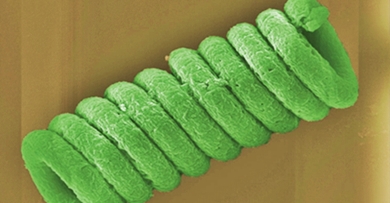
Mini power plants from coated algae
Blue-green algae are among the oldest living creatures and have perfected the use of sunlight over billions of years. Empa scientists have now equipped the humble organisms with semiconductor coatings to create mini power plants, which supply biofuels and are photocatalytically active in sunlight. And what's best: The chemical reactions are circular – they form a sophisticated raw materials cycle. Spirulina, whose shape is reminiscent of the coil in a tiny immersion heater, is particularly suitable for biotemplating, as its compact spiral structure contributes to its highly efficient use of sunlight. Image: Empa

Noise reduction
A green earplug
Cars, trains, planes: For two thirds of the European population, traffic noise is part of everyday life. However, the right environment can have a major impact on this nuisance, as Empa researchers have found out. Green spaces in urban areas help to make road and railroad noise less of a nuisance. Only in the case of aircraft noise does this seem counterproductive: the greener the surroundings, the more disturbing the aircraft noise. More. (Image: Unsplash)
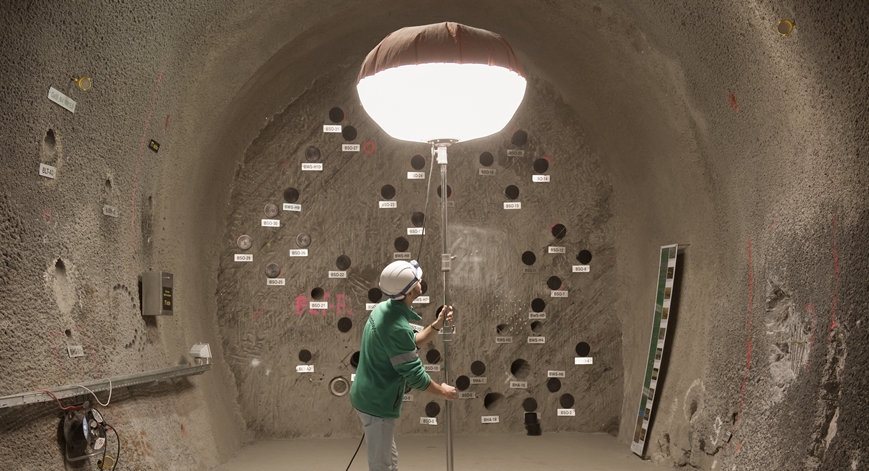
Radioactive waste repository
Modeling eternity in the rock laboratory
Cement is one of the key materials for the safe storage of radioactive waste. What is needed is an almost infinite durability of the containers. Empa researchers are therefore analyzing material systems that can handle this task. More. (Image: Pierre Montavon)
Portrait: Pietro Lura
Player in a rough field
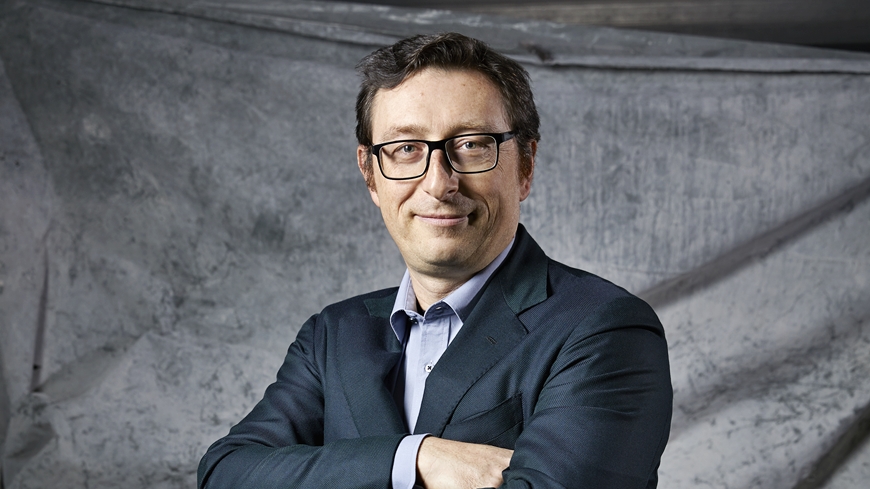
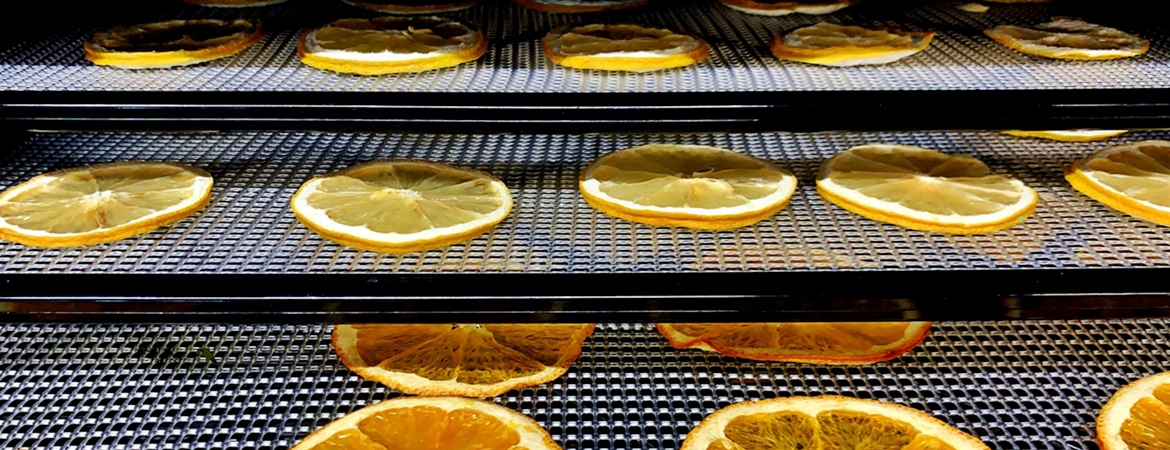
Food technology
Drying fruit with ionic wind
If fruit or vegetables are dried with heat, nutrients can be destroyed and flavors can be reduced. This is why non-thermal drying of food – i.e. without heating – is preferred by the industry. Among other things, fans are used for this purpose. A new drying process developed at Empa using ionic wind promises to make the non-thermal drying of food much more energy-efficient, faster and even gentler. More.

Sustainable fuels
Volatile stuff for heavy trucks
In future, commercial vehicles will not only have to emit less CO2 but also meet stricter exhaust emission limits. Many experts expect that this could herald the end for fossil diesel. One possible alternative is dimethyl ether: The highly volatile substance burns very cleanly and can be produced from renewable energy. Empa is investigating this new powertrain concept using a special test engine. More. (Image: istock)
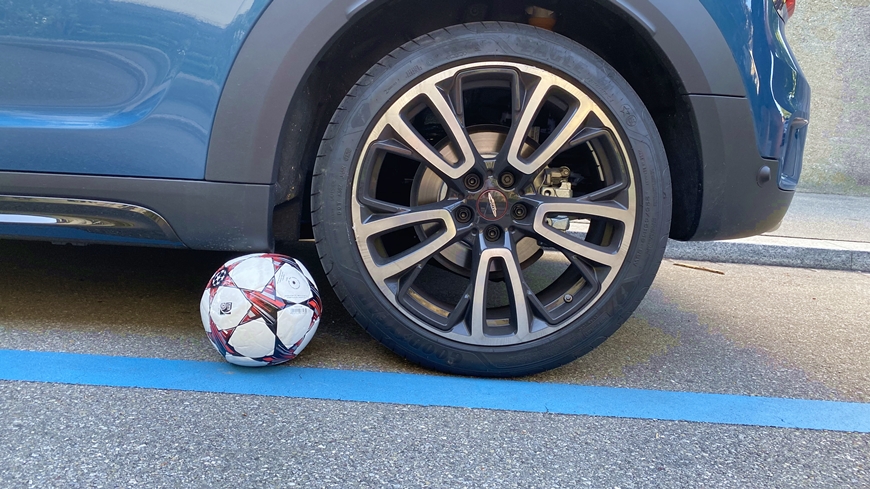
Particulate matter
Braking dust
Brake disc and tire abrasion are increasingly moving into the focus of public health experts and engineers. There is another problem, though: How can the quantity and size of brake dust particles be measured correctly? Empa researchers are currently developing a sophisticated method. More. (Image: Empa)
Inside Empa

High-tech wood as climate saver
Empa researchers have refined wood into a lightweight, malleable material of the new generation. In 2020 Ingo Burgert representing the wood research teams at Empa and ETH, was given the SDG Award 2020 for sustainability. "Burgert and his team are contributing substantially to the fact that in the future solutions and applications will find their way into our lives which will contribute to saving the climate", was the jury's conclusion. Image: Empa

Avenir Suisse relies on Empa know-how
The think tank Avenir Suisse recently published "Sustainable Powertrain Technologies". The key message is clear: an openness towards different technologies is needed to achieve the climate goal of "net zero" – meaning CO2 emissions – by the year 2050. Among the authors are Peter Richner and Christian Bach from Empa. Image: Unsplash

Fighting noise
The Federal Council has appointed Empa researcher Jean Marc Wunderli as President of the Swiss Federal Noise Abatement Commission (FNAC). Since 2019 Wunderli heads the Acoustics/Noise Control lab at Empa. The FNAC works as an interdisciplinary, independent extra-parliamentary expert commission in the field of noise and vibration abatement.
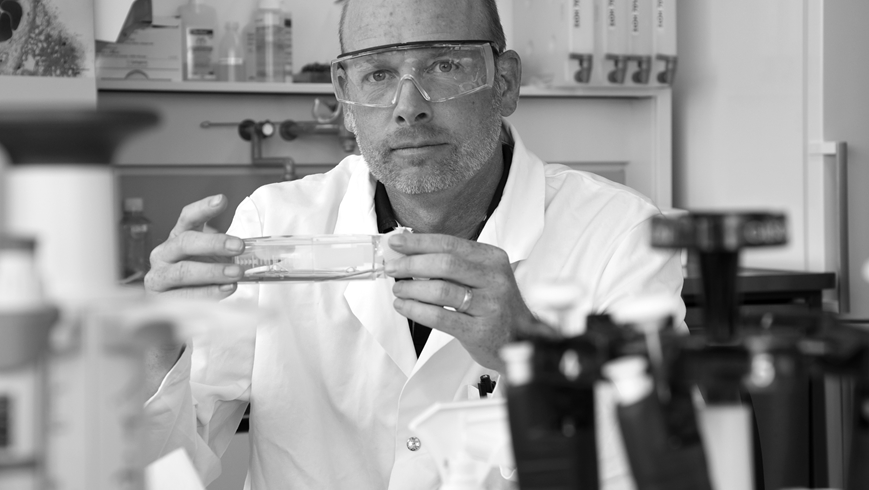
COVID-19 research at Empa
"These results are crucial for the future corona vaccination strategy"
Efforts are being made worldwide to combat the new coronavirus SARS-CoV-2. Vaccines and protective masks are of prime importance. Empa researcher Peter Wick, Head of the Particles-Biology Interactions Laboratory in St. Gallen, talks to Empa Quarterly about recent antibody studies, which are crucial for the development of a COVID-19 vaccine, and the next generation of textile protective materials that inactivate or even kill corona viruses. More. (Image: Empa)

